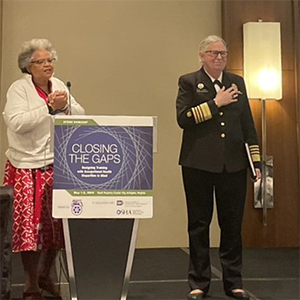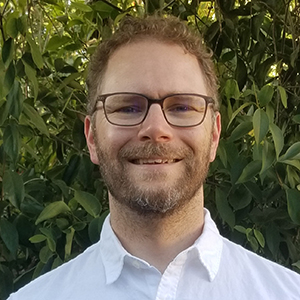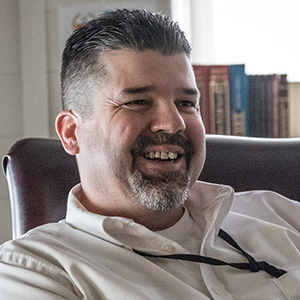Two bright lights in the global environmental health sciences community passed away in June. Eula Bingham, Ph.D., a renowned champion of worker safety, died June 13 at the age of 90. Kirk Smith, Ph.D., who pioneered research into indoor air pollution, died June 15 at the age of 73.
Tackling cancer-causing chemicals, workplace hazards
In 1978, Bingham worked with David Rall, M.D., Ph.D., then director of NIEHS, to help develop the National Toxicology Program (NTP). She later served on the program’s Executive Committee. From 1996 to 1999, Bingham was a member of its Board of Scientific Counselors(https://ntp.niehs.nih.gov/events/bsc/).
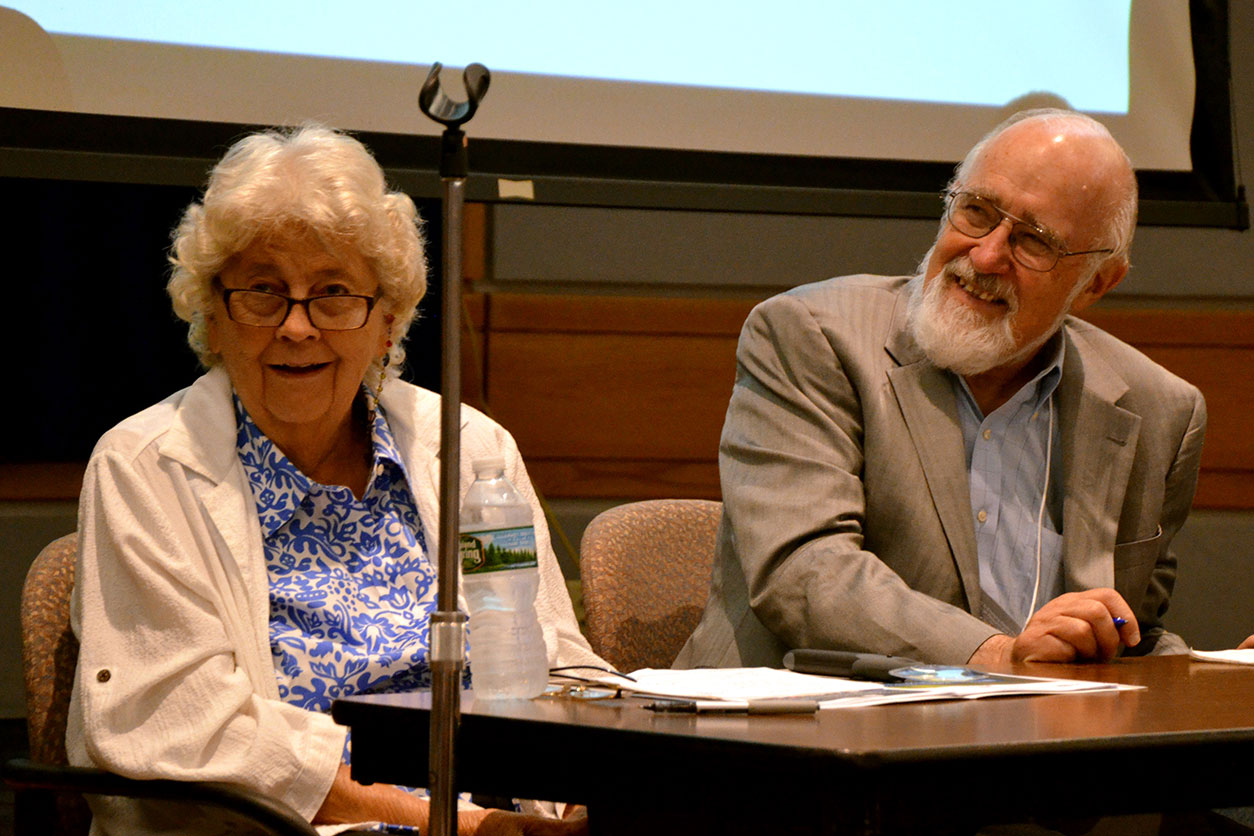 Bingham attended a July 2016 meeting that celebrated 50 years of NIEHS, and 30 years of WTP and the Superfund Research Program. To her right is Bernard Goldstein, M.D., an environmental toxicologist. (Photo courtesy of Jim Remington)
Bingham attended a July 2016 meeting that celebrated 50 years of NIEHS, and 30 years of WTP and the Superfund Research Program. To her right is Bernard Goldstein, M.D., an environmental toxicologist. (Photo courtesy of Jim Remington)“She was a larger-than-life presence and unwavering in her efforts to protect the health and safety of workers,” said NTP Senior Scientist John Bucher, Ph.D. “We will miss her.”
Bingham’s career started in the 1960s at the University of Cincinnati School of Medicine, where she studied how exposure to chemicals can lead to cancer. She served on the Department of Labor Standards Advisory Committee on Carcinogens in 1973, and chaired the Federal Research Standards Advisory Committee on Coke Oven Emissions in 1975.
A compelling drive to serve society
Two years later, President Jimmy Carter nominated Bingham to head the Occupational Safety and Health Administration (OSHA). There, she created the New Directions program, which provided funds to unions, businesses, nonprofits, and other groups to train employees and reduce safety hazards. The initiative provided a blueprint for the NIEHS Worker Training Program (WTP).
“For me, Eula Bingham has been an inspiration in my public health career, going back to the 1970s,” said Joseph “Chip” Hughes, who directs WTP. “She was the embodiment of a caring spirit, with a compelling drive to serve society and those suffering from toxicant exposures.” For more details about Bingham’s career, see the sidebar.
The father of indoor air pollution research
NIEHS grant recipient Kirk Smith, a professor of global environmental health at the University of California, Berkeley, authored more than 400 peer-reviewed articles and books in his career. He was elected to the National Academy of Sciences in 1997, and in 2007 he was a co-winner of the Nobel Peace Prize for his contributions to the Intergovernmental Panel on Climate Change.
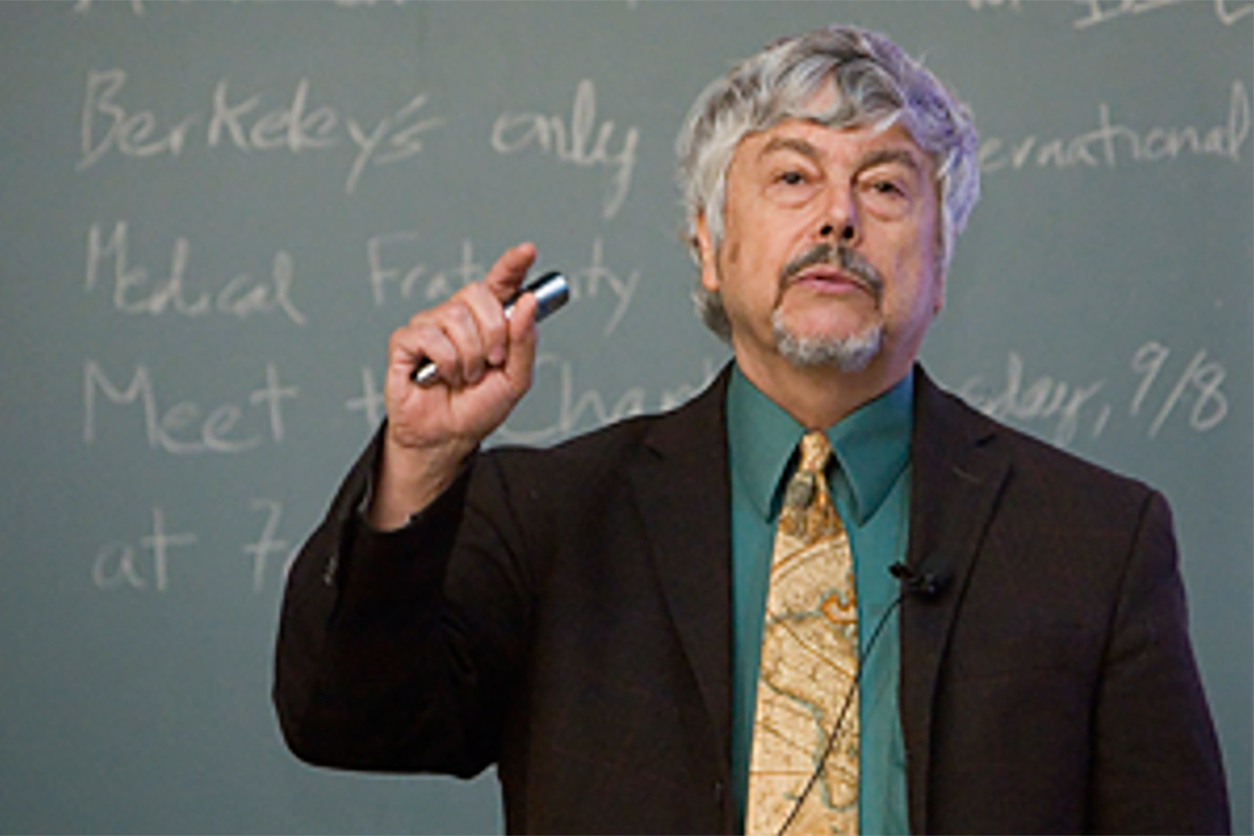 Smith’s research led to greater awareness among the public and scientists about potential dangers from indoor air pollution. (Photo courtesy of University of California, Berkeley)
Smith’s research led to greater awareness among the public and scientists about potential dangers from indoor air pollution. (Photo courtesy of University of California, Berkeley)But those illustrious achievements may be secondary to Smith’s legacy related to indoor air pollution research. In the 1980s, he showed how many people living in Latin America and Asia, especially women and children, were harmed by the use of firewood and charcoal in household cooking, which emits substances such as fine particulate matter. Smith helped to develop low-cost, efficient air sensors for individuals living in those regions.
Working in low-income countries
He later worked on a study in Guatemala called Randomized Exposure Study of Pollution Indoors and Respiratory Effects (RESPIRE), funded by NIEHS. Smith examined associations between home pollution and acute lower respiratory infections in babies and infants.
“RESPIRE was one of the first cookstove clinical trials to study the effects of reducing exposures to harmful particulate matter and other air pollutants in low- and middle-income countries,” said NIEHS Acting Deputy Director Gwen Collman, Ph.D. “It was a pioneering effort that led to many other studies in Ghana, Peru, Rwanda, and India,” she said.
“Most recently, the National Institutes of Health launched the Household Air Pollution Investigation Network, which is based on Smith’s early research,” added Collman. The network is co-sponsored by NIEHS. See the second sidebar for more information about Smith’s work.
(Jesse Saffron, J.D., is a technical writer-editor in the NIEHS Office of Communications and Public Liaison.)






